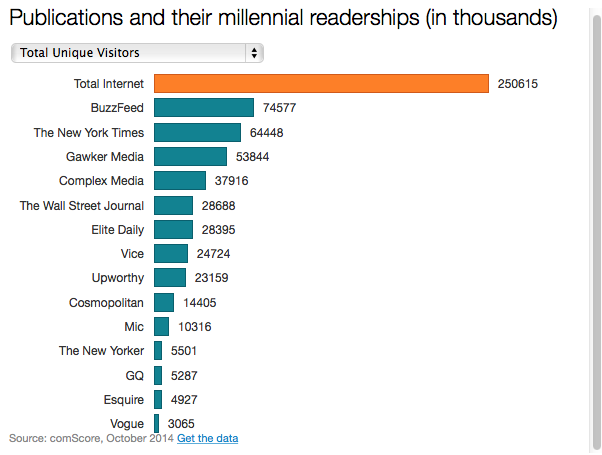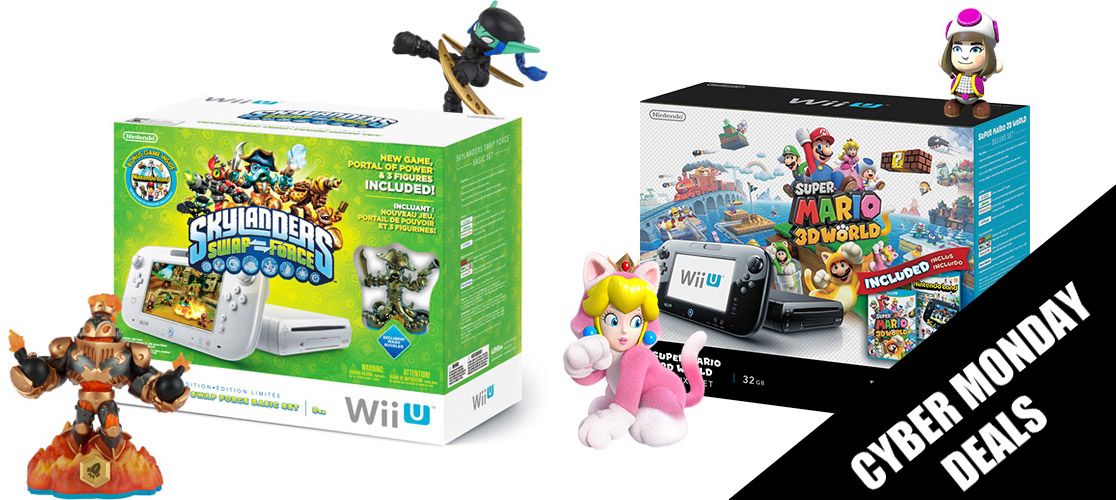This has been an interesting year at retail for the console business, as month after month the PlayStation 4 and the Xbox One kept hardware sales well above last year’s sales levels for hardware, while software lagged far behind last year. Now, we’ve finally reached the one year mark for the next-generation consoles, so we can compare hardware sales with the same lineup of consoles available from 2013 and 2014. The news wasn’t good overall, as retail sales dropped 11 percent from last year’s $2.71 billion to $2.41 billion.
For the first time this year, hardware sales were down much more than software; hardware sales dropped 23 percent to $1.01 billion from last year’s $1.31 billion. Meanwhile, software was down only 2 percent to $1.06 billion from last year’s $1.08 billion. Some of this may have been due to the substantially lower pricing for most of the Xbox One consoles sold, as Microsoft dropped the price to $349 (less with some of the Black Friday deals).
NPD’s Liam Callahan did his best to present the positive side of the numbers. “For the most part throughout 2014, we have seen software declines that were offset by year-over-year increases in hardware spending,” said Callahan. “This November, however, hardware declines totaled $294 million while software declined $17 million or 2 percent. Accessory sales increased by a modest $5 million.”
“Currently, year-to-date sales across hardware, software, and accessories through November 2014 are up 2 percent,” said Callahan. That’s a tribute to the strong sales of expensive new consoles at retail, not to retail sales of software. In particular, the sales of software for last-generation consoles have been a significant disappointment to publishers, coming in well below expectations in general.
Though there were solid promotional deals for Black Friday, sales of the latest consoles were disappointing. “While the majority of the decrease in dollar sales of hardware stemmed from an expected drop of seventh generation console sales, eighth generation sales also decreased and represented 38 percent of the total declines in hardware sales from November 2013 to November 2014,” Callahan said. “Despite a decline in dollar sales, hardware unit sales for eighth generation consoles increased by 3 percent over November 2013.”
Still, the promotional efforts of the console makers were important. “Hardware bundles were a major factor in the sales of hardware this November, with a number of new bundles ranking as the highest selling hardware bundles so far this year with one bundle ranking as the highest selling hardware bundle ever based on dollar sales,” Callahan said. Overall, though, the new consoles are off to a much better start than the last generation. “Cumulative PS4 and Xbox One sales are now almost 80 percent higher than the combined total of PS3 and Xbox 360 sales after 13 months on the market.”
The software side of the retail game business was a mixed bag. “Software declines stemmed from losses from console software as portable software and PC Games software increased over November 2013,” Callahan said. “Portable software increased by 25 percent due to the combined performance Pokemon Alpha Sapphire, Pokemon Omega Ruby, and Super Smash Bros. for the 3DS. PC game sales increased by 34 percent over November 2013 due to The Sims 4 and the launch of World of Warcraft expansion, Warlords Of Draenor.”
Callahan provided more detail between sales of last-gen console software and the current consoles. “Seventh generation console sales combined to decrease by 49 percent or $361 million from November 2013,” he said. “Eighth generation console software sales and portable software sales increased by $342 million and could not offset the losses stemming from seventh generation console.”
One title that you won’t see in the top ten list this month is Minecraft, which has been a fixture in the best-selling list for over a year. Is interest finally waning, or is it just that newer software commanded much more attention It will be interesting to see if Minecraft returns to the bestseller list once the holidays have passed.
While NPD didn’t mention which console sold the most in November, Microsoft was quick to rectify that omission. “We are committed to making Xbox the best place to play, with this year’s best games, the best community of gamers to play with, and terrific value,” said Mike Nichols, the corporate vice president of Xbox marketing, in a statement. “And we are amazed by the excitement Xbox fans have shown to start off this holiday. November set a new record for sales of Xbox One, and Xbox One was the best-selling console in the U.S. and U.K.”
“Response to the holiday lineup of games on Xbox One was incredible, with Xbox One fans buying more games in November in the U.S. than any other gen eight platform and enjoying over 357 million hours of gameplay globally. In fact, more fans logged into Xbox Live across Xbox One and Xbox 360, and enjoyed more entertainment, than any other month in the history of Xbox. We love to see the excitement from our fans and are grateful for their passion, support and contributions to the Xbox community.”
Sony also issued a statement, highlighting the fact that while the Xbox One may have sold well in November, the PS4 is still well in the lead in terms of overall units sold. “We are thrilled with the incredible momentum seen at retail heading into the holiday shopping season,” a Sony spokesperson said. “PS4 is the cumulative leader in hardware sales and was No. 1 on the Amazon Video Games Bestseller list on Black Friday. On the network side, November was the biggest month ever in PlayStation Store history with a nearly 50 percent increase in unique visitors compared to last year.”
Nintendo also posted a statement about its November sales successes. “Sales of Wii U hardware and software increased by more than 10% and more than 90 percent, respectively, over the same period in 2013. In fact, the week of Nov. 23 was the biggest single week of Wii U hardware sales since the system launched in November 2012,” Nintendo’s statement noted. The company also pointed out that Super Smash Bros. for Wii U has sold nearly 710,000 combined units since launching on Nov. 21. By “combined units,” Nintendo means sales of both the physical and the digital version of the software. (Interestingly, that gives you a data point to guess the unit sales of other titles on the NPD best-seller list, as only Call of Duty: Advanced Warfare and Grand Theft Auto V sold more units.)
While Super Smash Bros. has done quite well so far, it doesn’t appear to have had a huge boost on Wii U sales — a mere 10 percent boost in console sales over last year isn’t going to give the Wii U the momentum it needs to catch up to the Xbox One and the PS4. Still, Nintendo has some excellent sales from the new Pokemon games and the Amiibo line, and with a new Zelda title in the wings for next year interest should pick up for the Wii U.
November 2014 Top 10 Games Publisher
1. Call of Duty: Advanced Warfare (360, XBO, PS4, PS3, PC)** Activision Blizzard
2. Grand Theft Auto V (PS4, XBO, 360, PS3)** Take 2 Interactive
3. Super Smash Bros. (NWU, 3DS)** Nintendo
4. Madden NFL 15 (360, XBO, PS4, PS3)** Electronic Arts
5. Pokemon Alpha Sapphire (3DS) Nintendo
6. Far Cry 4 (PS4, XBO, 360, PS3, PC)** Ubisoft
7. Pokemon Omega Ruby (3DS) Nintendo
8. NBA 2K15 (PS4, 360, XBO, PS3, PC) Take 2 Interactive
9. Assassin’s Creed: Unity (PS4, XBO, PC)** Ubisoft
10. Halo: The Master Chief Collection (XBO) Microsoft
**(includes CE, GOTY editions, bundles, etc. but not those bundled with hardware)


